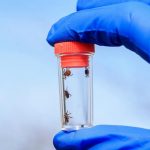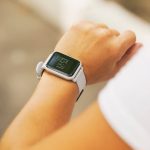
How should a person eat in middle age to protect their health as they grow older? One diet came out a clear winner in a 30-year study involving more than 105,000 men and women and eight diets, researchers reported in the journal Nature Medicine. People whose dietary pattern more closely stuck to the Alternative Healthy Eating Index (AHEI) in middle-age had the greatest likelihood of good health in their 70s, researchers say. Those with the highest AHEI score had 86% better odds of healthy aging at 70, and were 2.2 times more likely to be healthy at 75, results show. The AHEI centers on a diet rich in fruits, vegetables, whole grains, nuts, legumes and healthy fats, and low in red and processed meats, sugary drinks, sodium and refined grains, researchers said. “Our findings suggest that dietary patterns rich in plant-based foods, with moderate inclusion of healthy animal-based foods, may promote overall healthy aging and help shape future dietary guidelines,” co-senior researcher Marta Guasch-Ferré, an associate professor of public health at the University of Copenhagen and adjunct associate professor of nutrition at the Harvard T.H. Chan School of Public Health, said in a news release. Harvard researchers created the AHEI in 2002 as an alternative to the U.S. Department of Agriculture’s Healthy Eating Index, which measures how well people’s diets stick to the federal Dietary… read on > read on >


















